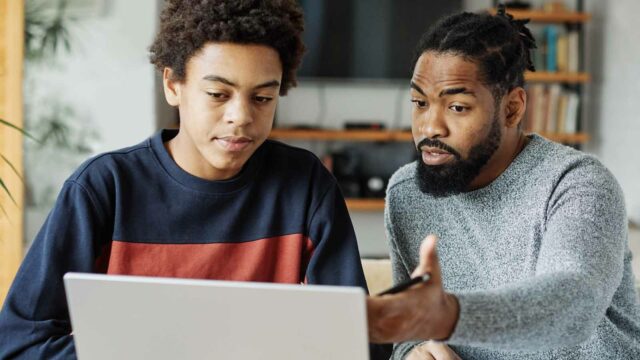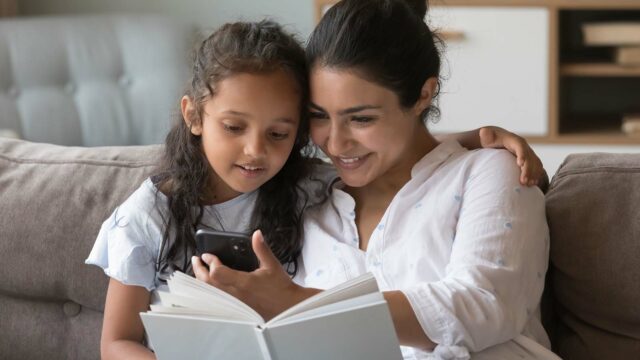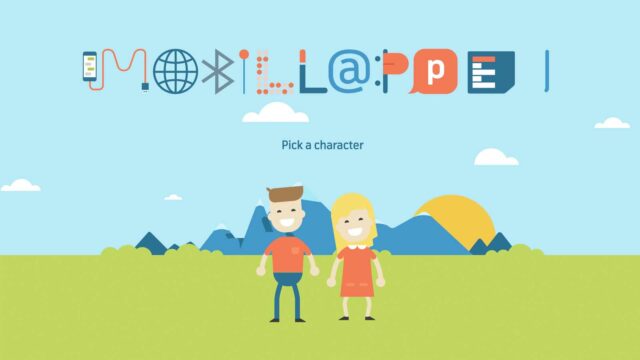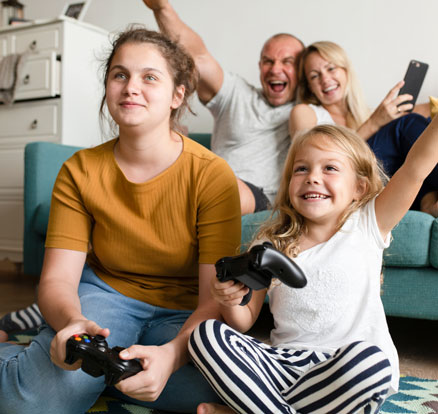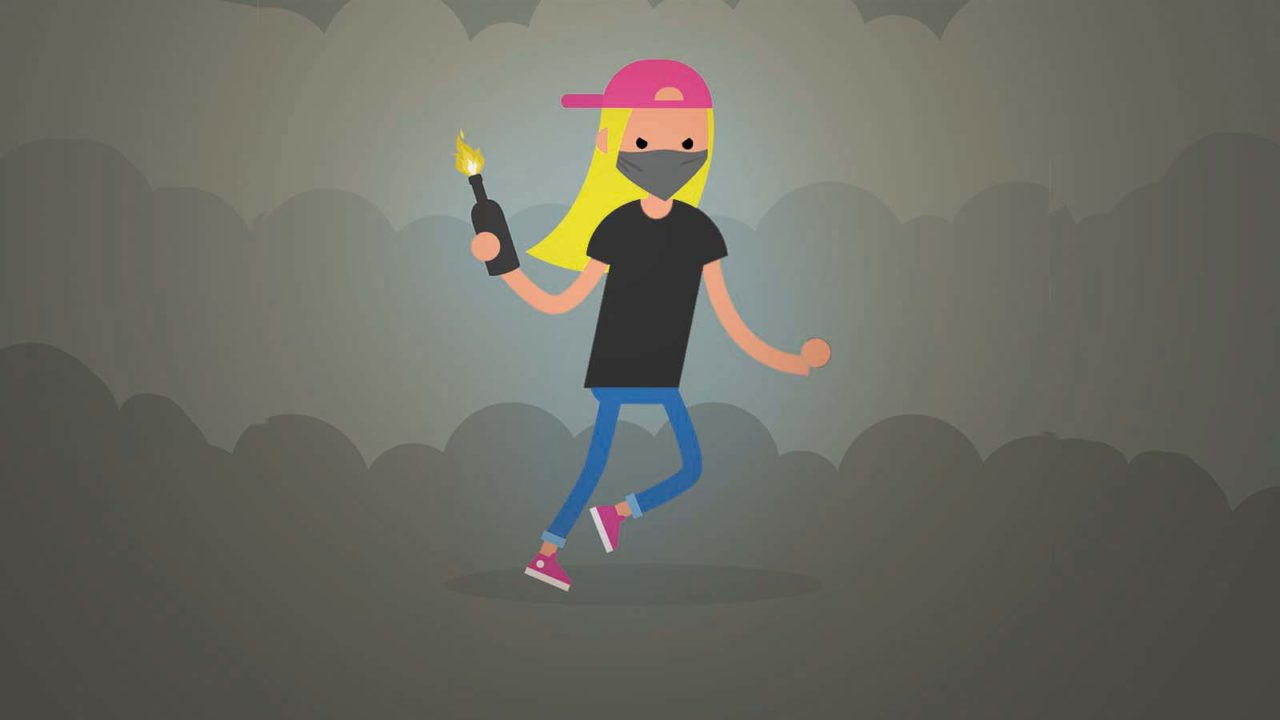
How to reduce scary news features in your kids’ apps
Horrifying real-life scenes may appear in your child’s social media apps. Both the press and most people share traumatic living images and videos from news events. Here are some tips to help reduce the risk.
Choose language in the Google-box below. Some translations may be flawed or inaccurate.
Mostly, things go well with children’s use of social apps – they have fun talking to their friends and are rarely fooled by scammers and abusers. However, there is the risk of watching gruesome or disturbing news stories that may hamper kids’ sleeping.
- According to a survey by the Norwegian Media Authority, 29% of children between 13-18 have seen multiple violent or intimidating incidents online.
The percentage of children who have seen one or more violent or terrifying comments online:
- 43 percent of aged 13-18 years.
- 26 percent of boys aged 13-14 years.
- 37 percent of girls aged 13-14 years.
War, accidents, and violence
On social media, people post footage of accidents, wars, fights, police shootings, or crowds running for their lives during natural disasters or riots – even in live broadcasts. Such scenes spread at a lightning speed. At major events like wars or explosions, on-site clips could be seen posted by many users, shown from many angles and with different tragic fates.
Press doesn’t show everything
Press usually holds back some clips and images considering the graveness of the scenes. It also tries to explain connections. In September 2020 we asked Karianne Solbrække, news editor of TV2, about how the press proceeds with this.
“We do not normally show dead or badly injured people on the news. With us, we work for something called the watershed. It’s 9:00 in the evening. Before this, we do not show dead, injured, or bleeding people. We also blur license plates in traffic accidents. In the event of an accident, we also talk to the police first to know if the next of kin have been informed. Normally, we’ll wait to publish pictures until we can confirm that the next of kin have been informed, or choose pictures that will prevent you from recognizing the car and so on.”

– Do you make exceptions sometimes?
“There may be exceptions. For example, if there is a major car accident that stops all traffic, we may show pictures from the accident site – because we believe it is in the public interest. But we’ll choose distant images anyway, and not go too close to the details. It is also a practice that we probably more often publish pictures of dead or injured people from abroad than in Norway. An example is that we have shown the arrest of George Floyd. In this case, it is about documenting police violence, because it is a decisive reason for the large protests and demonstrations,” explains Karianne Solbrække.
Feel free to teach children how the press thinks so that the child itself does not indiscriminately share film clips.
How to reduce the risk
Often it is the algorithms that control what children get to see in social apps. Talk to your child about how to reduce scary scenes.
- Don’t click on negative tags like war, riots, disasters, and so on.
- Don’t click on videos that you suspect might be disgusting.
- Click on hashtags that look reasonably neutral or positive, like dance, football, vacation, and so on.
- Enter your child’s real age into the registration.
- Switch apps if there are too many scary posts or features or stories.
- Don’t share scary posts with others and block or delete those users who do it.
- Don’t comment or post emojis on scary posts.
- Check “no more of such stories” if that option is available.
- Notify the online police patrols if you come across something criminal.
If you want to be absolutely sure that your child does not watch frightening things online, you must choose a social app that does not have editorial features and where only family members can contact the child. For instance, Google Duo. Such apps can be suitable for the youngest children. But most children will probably want to have fun effects to put on their own recordings as well as opportunities to see features from all over the world.
Read more:
Children may watch terrifying news and propaganda from the war in Ukraine
[A longer version in Norwegian is available here. Translated by Ratan Samadder.]






